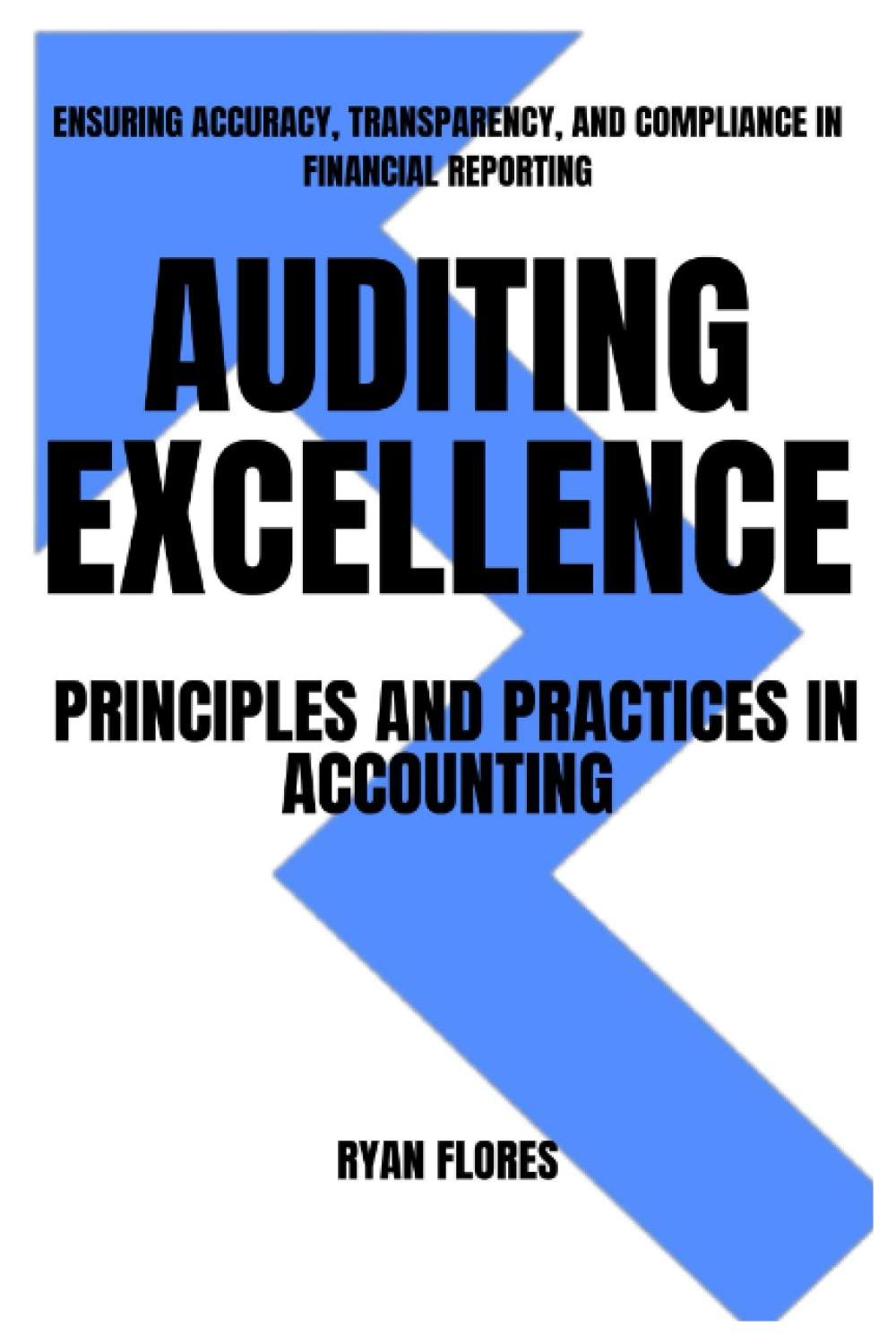Question
Check figures: B/E Product #1 = 250 units; B/E Product #2= 125 units 3) Complete the pro forma (expected) CM Income Statement for the month


Check figures: B/E Product #1 = 250 units; B/E Product #2= 125 units
3) Complete the pro forma (expected) CM Income Statement for the month of June (green box). HINT: On product line income statements such as this, the fixed costs are only listed in the total column since these relate to the company as a whole, not a particular product. Make sure you also show the totals for all other line items. Finally, calculate the OVERALL WACM% for the company. How? Remember the CM% formula. It's the same here, but it becomes the weighted average simply due to the fact that the income statement is ALREADY WEIGHTED by the number of each product expected to be sold.
Business Description After taking business classes, Jake, an avid dog-lover, decided to start selling unique pet supplies at trade shows. He has two products: Product 1: "Launch-it"- a tennis ball thrower that will sell for $10. Product 2: "Treat-time"- an automatic treat dispenser that releases a treat when the dog places his paw on the pedal. The treat dispenser will sell for $30. Costs: Jake has hired an employee to work the trade show booths. The work contract is $1,000 per month plus a commission equal to 10% of revenue. Jake will also spend $500 per month on trade-show entry fees. Jake is purchasing the products from a supplier in Mexico. Launch-its cost \$1 each; Treat-times cost \$7 each. Shipping and handling on the Launch-its will cost \$2 each; Shipping and handling on the Treat-times, which are heavier, will cost $8 each. The shipping and handling costs will be paid by Jake, not the customer. Assume Jake expects to sell 200 Launch-its and 100 Treat-times during his first month of operations (June). Jake's financial goal is to earn an operating income of $8,000 per month. He believes volume may grow at a rate of 5% a month. Hint on Pro Forma Income Statement: The fixed costs of the business should only go in the TOTAL column since it doesn't make any sense to allocate them between the different product lines. The WACM \% should only be calculated in TOTAL, once you have completed the pro forma income statement. Business Description After taking business classes, Jake, an avid dog-lover, decided to start selling unique pet supplies at trade shows. He has two products: Product 1: "Launch-it"- a tennis ball thrower that will sell for $10. Product 2: "Treat-time"- an automatic treat dispenser that releases a treat when the dog places his paw on the pedal. The treat dispenser will sell for $30. Costs: Jake has hired an employee to work the trade show booths. The work contract is $1,000 per month plus a commission equal to 10% of revenue. Jake will also spend $500 per month on trade-show entry fees. Jake is purchasing the products from a supplier in Mexico. Launch-its cost \$1 each; Treat-times cost \$7 each. Shipping and handling on the Launch-its will cost \$2 each; Shipping and handling on the Treat-times, which are heavier, will cost $8 each. The shipping and handling costs will be paid by Jake, not the customer. Assume Jake expects to sell 200 Launch-its and 100 Treat-times during his first month of operations (June). Jake's financial goal is to earn an operating income of $8,000 per month. He believes volume may grow at a rate of 5% a month. Hint on Pro Forma Income Statement: The fixed costs of the business should only go in the TOTAL column since it doesn't make any sense to allocate them between the different product lines. The WACM \% should only be calculated in TOTAL, once you have completed the pro forma income statement
Step by Step Solution
There are 3 Steps involved in it
Step: 1

Get Instant Access to Expert-Tailored Solutions
See step-by-step solutions with expert insights and AI powered tools for academic success
Step: 2

Step: 3

Ace Your Homework with AI
Get the answers you need in no time with our AI-driven, step-by-step assistance
Get Started


